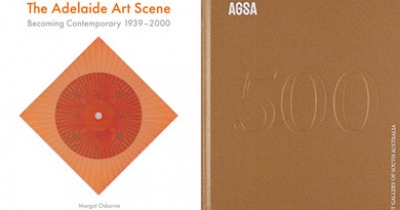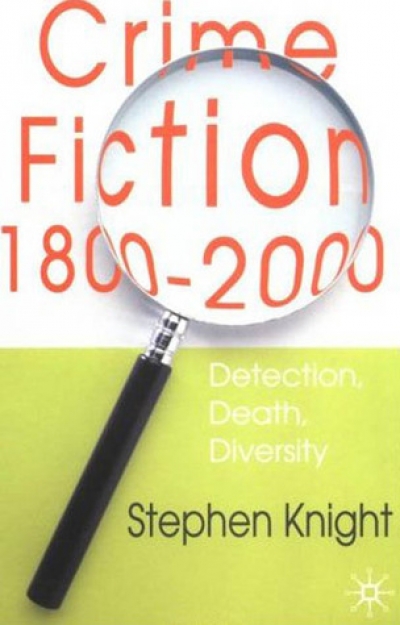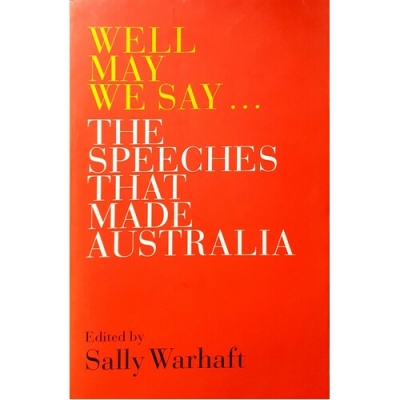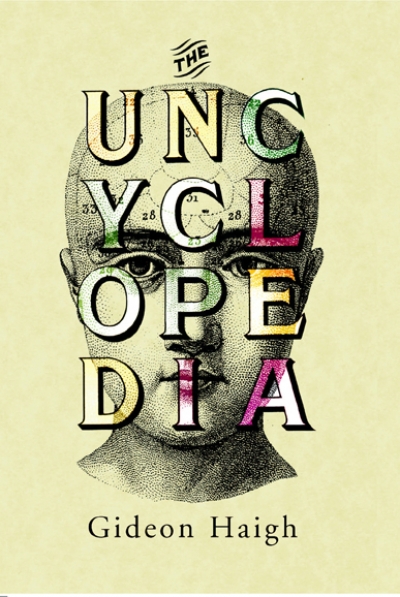Reference
The Adelaide Art Scene by Margot Osborne & AGSA 500 edited by Rhana Devenport
by Patrick Flanery •
Stunned Mullets and Two-pot Screamers: A dictionary of Australian colloquialisms, Fifth Edition by G.A. Wilkes
by Chris Wallace-Crabbe •
The Big Picture: Diary of a nation edited by Max Prisk, Tony Stephens, and Michael Bowers
by John Thompson •
Australian Dictionary of Biography: Supplement, 1580–1980 by Christopher Cunneen
by Paul Brunton •
Crime Fiction by Stephen Knight & The Cambridge Companion to Crime Fiction edited by Martin Priestman
by Rick Thompson •
Virtual Nation: The internet in Australia edited by Gerard Goggin
by Joel Deane •
Well May We Say edited by Sally Warhaft & Speaking for Australia by Rod Kemp and Marion Stanton
by James Curran •
The Uncyclopedia by Gideon Haigh & Names From Here and Far by William T. S. Noble
by Fred Ludowyk •








